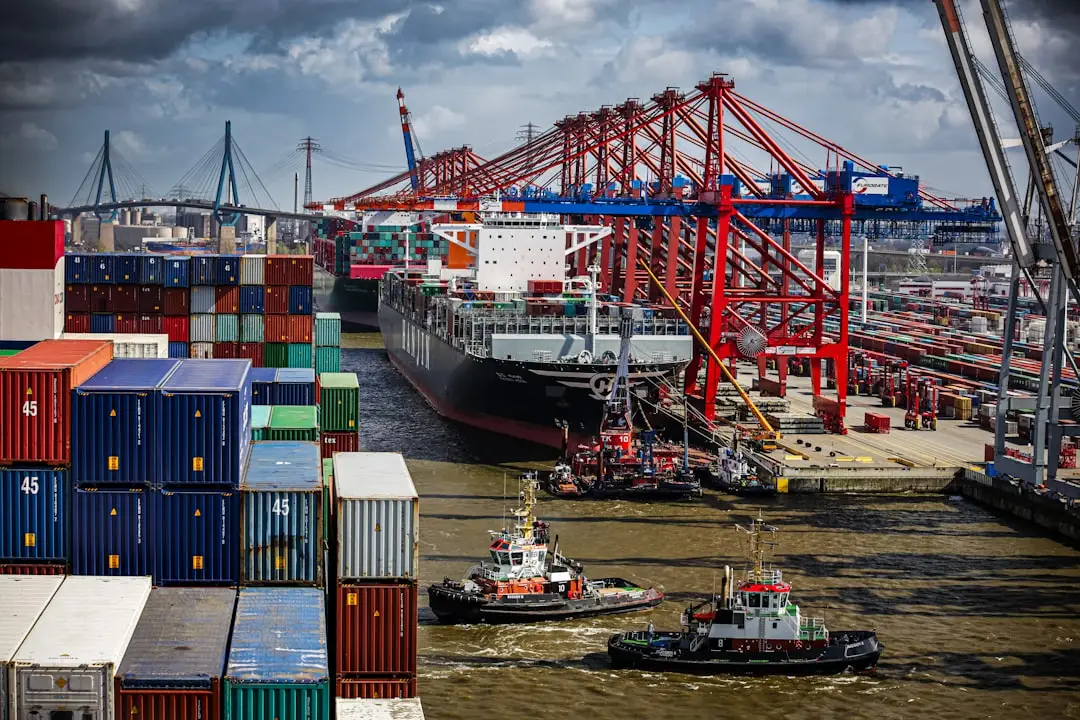In today’s supply chain landscape, the only constant is change. Customer preferences change abruptly, global policies impact trade agreements without warning, and unforeseen events such as pandemics, natural disasters, and shipwrecks create drastic disruptions overnight. In light of so many variables, companies must implement every measure available to stabilize their supply chains, meet consumer demand, and remain resilient at all times — and demand shaping is one of the most important tactics at their disposal.
In this post, we’ll answer the question “What is demand shaping?” and show its importance in building agile, resilient supply chains. We’ll look at some key demand-shaping techniques that organizations can build into their processes, as well as some hurdles that businesses seeking to implement demand-shaping must clear. We’ll also take a look at the future of demand shaping — and how GAINS brings it into the present.
Importance of Demand Shaping
Between rapidly fluctuating customer preferences, unexpected changes in market conditions, and global policy disruptions, the demand for some products can vary widely — and fast. Such sharp swings can cause companies to have too much inventory on hand at one moment and not enough at another.
Demand shaping seeks to influence demand patterns for a product or service through a series of tactics to align inventory levels with an organization’s broader business goals. Companies have many tools at their disposal to regulate demand for their products. A few effective demand-shaping examples are:
- Pricing strategies, such as sales or discounts, to incentivize the purchase of one product over another
- Trade promotions, such as demos, product substitutions, or marketing campaigns, to draw attention to particular goods
- Sales incentives such as commissions or bonuses assigned to distributors or representatives to indirectly influence purchasing habits
- Channel-specific assortment prioritization, which promotes more abundant products at specific sales channels, to divert attention from scarcer goods
While each demand-shaping tactic is unique, they all serve to improve resource allocation by promoting the right products at the right time. The result is fewer stockouts and overstocks, greater customer satisfaction, and increased operational efficiency — and a competitive advantage to businesses that use them effectively.
Key Challenges in Demand Shaping
Demand shaping can help drive business value across a company’s sales, marketing, and logistics operations, but several factors can make it a challenge to implement effectively.
Market Unpredictability
Unpredictable market demands can make it difficult to optimize inventory levels, as consumer purchasing trends can vary with little notice. Companies can overcome this hurdle by using historical data for more accurate demand forecasting in the long run. On the other hand, real-time purchasing data can drive demand sensing to help them adapt to short-term purchasing changes.
Technological Limitations
Technology is essential for building resilient supply networks, but implementation can be challenging. For example, supply chain optimization software employs machine learning (ML) algorithms with predictive analytics functionalities that detect patterns and trends in customer demands faster and more accurately than humans ever could. But effective deployment is daunting for several reasons, including:
- Resources. Despite AI’s capabilities, 47% of logistics companies say they lack the resources and expertise to embrace the technology.
- Training. A significant shortage of AI-trained engineers makes it difficult for companies to make the most of the technology. If you want to leverage AI, you need a team that knows how to use it.
- Time. Some AI-powered solutions can be labor-intensive, requiring significant time and effort for data cleaning and training before yielding meaningful results. This lengthens the time to value, causing some to hesitate at implementation.
Other supply chain planning, enterprise resource planning (ERP), and network design tools offer useful insights into specific components of a company’s operations, but these solutions are often siloed and fail to provide the full visibility into a company’s operations that logistics leaders need. A unified, end-to-end supply chain performance optimization solution can help provide granularity and transparency into a company’s complete supply chain operations, reducing the time to value (TTV) and helping leaders make the right supply chain decisions faster than ever.
Techniques for Implementing Demand Shaping
Despite the challenges, effective demand shaping is critical for minimizing excess inventory, maximizing profit margins, and satisfying customer demands. Some strategies for implementing demand shaping and overcoming your supply chain challenges are:
- Identify demand patterns to gauge customer interest, anticipate fluctuations, and optimize inventory levels.
- Leverage ML tools to enable more accurate demand forecasting and optimize supply chain-related processes.
- Utilize digital supply chain twins to model your supply chain and gain insights by conducting what-if analyses and scenario planning.
Another key technique to help companies implement an effective demand-shaping strategy is collaborative planning. By sharing their data and working together to synchronize production, coordinate distribution, and maintain the appropriate inventory levels, organizations can collectively improve their supply chain processes, becoming more agile and efficient across every link in the chain.
The Future of Demand Shaping: Are You Ready?
The increasing complexity of today’s supply chains means that businesses must take every measure at their disposal to build resiliency into their logistics processes. If they succeed, they can reduce costly stockouts and overstocks, improve operational efficiency, and maintain customer satisfaction levels — and demand shaping makes it all possible.
The future of demand shaping will involve cutting-edge technology such as AI-powered solutions that use predictive analytics for more accurate demand forecasting and supply chain performance optimization software that gives companies full visibility into all their logistic processes. The result will be a proactive rather than reactive approach to supply chain management and a pipeline that reduces excess inventory, anticipates demand patterns, and optimizes profit margins to turn common supply chain pain points into a competitive advantage.
GAINS is at the forefront of shaping the future supply chains. Our supply chain performance optimization solution integrates traditional silos of ERP, supply chain planning, and network design tools, creating a single centralized hub from which logistics leaders can oversee all their operations.
Specifically designed to manage volatility and uncertainty, GAINS helps companies focus on prioritizing the right decisions at the right time at the right speed and scale to optimize supply chain performance, improve profits, and boost customer confidence. Contact us today to see how our platform can help you.



